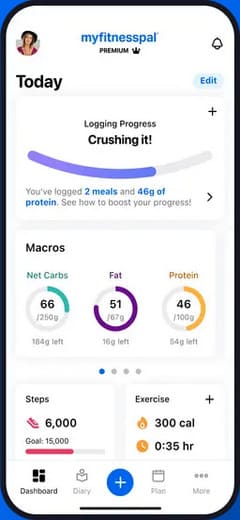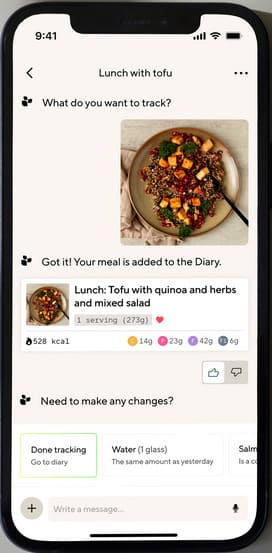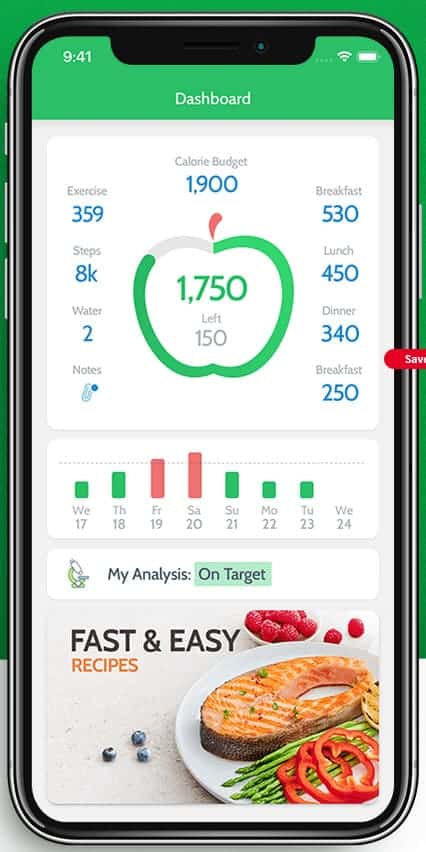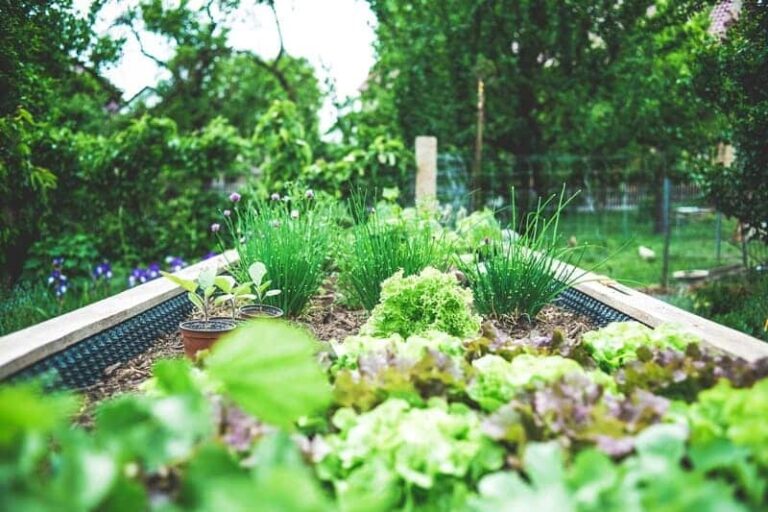The Best 5 Food Tracking Apps, Backed by Dietitians
Let’s be real—tracking what you eat shouldn’t feel like solving a calculus equation. Yet here we are, drowning in a sea of food tracking apps that promise the world but deliver about as much satisfaction as a rice cake for dinner. I’ve been down this rabbit hole more times than I care to admit. You know the drill: download an app with the best intentions, spend three days religiously logging every almond, then abandon it faster than your New Year’s gym membership. But here’s the thing—some food tracking apps actually get it right.
We’ve done a little research and have some of the best options.
Why Food Tracking Apps Actually Matter
Before we dive into the good stuff, let’s address the elephant in the room. Food tracking apps aren’t magic bullets, and they’re definitely not for everyone. If you have a history of disordered eating, these apps might do more harm than good—and that’s totally valid.
But for the rest of us trying to figure out why we’re tired all the time or wondering if we’re actually eating enough protein, these apps can be game-changers. They’re like having a nutritionist in your pocket, minus the hefty price tag.
“Food tracking apps can be a great way to build awareness of both the quantity and quality of the food choices you make throughout the day,” explains registered dietitian Erin Palinski-Wade. Translation: they help you connect the dots between what you eat and how you feel.
The Top 5 Food Tracking Apps That Don’t Suck
1. MyFitnessPal: The Reliable Workhorse

Let’s start with the app everyone and their mother has heard of. MyFitnessPal might not be the flashiest option, but it’s stuck around for a reason—it works.
With over 18 million foods in its database, you can track everything from your morning coffee to that questionable gas station snack. The app includes restaurant menu items, which is clutch if you’re someone who eats out regularly.
What sets it apart? The recipe importer. You can literally copy and paste recipes from websites, and the app calculates the nutrition info. It’s like having a personal assistant who actually enjoys doing math.
The catch: The barcode scanner is now locked behind the premium paywall, which feels a bit stingy considering it used to be free.
Best for: People who want comprehensive tracking without the learning curve
Price: Free, or $19.99/month for premium
2. Cronometer: The Data Nerd’s Dream

If MyFitnessPal is the reliable sedan, Cronometer is the Tesla—packed with features you didn’t know you needed.
This app doesn’t mess around. It tracks up to 84 nutrients and compounds, which means you can see if you’re getting enough vitamin D or if your iron levels are tanking. All food submissions are verified for accuracy, so you’re not relying on some random person’s questionable math skills.
“This is my go-to app because it has both free and paid versions, and I think it’s the most in-depth in terms of macro and micronutrients,” says registered dietitian Rebecca Russell.
Best for: People who want to geek out over their nutrition data
Price: Free, or $11/month for premium features
3. Lifesum: The Pretty One That’s Also Smart

Lifesum is what happens when someone actually considers user experience while designing a food tracking app. It’s beautiful, intuitive, and doesn’t make you feel like you’re filing taxes every time you log a meal.
The app’s Life Score feature is particularly brilliant—it gives you a weekly score based on 16 different health metrics. Did you eat enough omega-3s? Stay hydrated? Get variety in your workouts? It’s like a report card for your health, but one that actually helps you improve.
Best for: People who want a holistic approach to health tracking
Price: Free, with premium options available
4. ZOE: The AI-Powered Future
This is where things get interesting. ZOE uses AI to analyze photos of your meals and scores them based on how often you should eat them. No manual logging, no searching through databases—just snap and go.
The photography aspect makes tracking feel less like a chore and more like documenting your food adventures. Plus, you can scan packaged food labels for a processed food score, which is helpful when you’re trying to figure out if those “healthy” crackers are actually worth it.
Best for: People who hate traditional food logging but want insights
Price: Free, or $15.99/month for ZOE Plus
5. MyNetDiary: The Beginner-Friendly Option

If you’re new to food tracking apps and feeling overwhelmed, MyNetDiary is your friend. It lets you select eating patterns that fit your lifestyle and guides you through setting realistic goals.
The interface is clean and straightforward, and the free version includes way more features than most apps offer without payment. The barcode scanner is free (take notes, MyFitnessPal), and the visual breakdown of your nutrition is easy to understand.
Best for: First-time food trackers who want guidance
Price: Free, or $9/month for premium
The Bottom Line on Food Tracking Apps
Here’s what we’ve learned after years of trying every food tracking app under the sun: the best app is the one you’ll actually use consistently. Whether that’s the comprehensive data of Cronometer or the photo-based simplicity of ZOE, find what works for your lifestyle.
Remember, these apps are tools, not rules. They should provide insight and awareness, not stress and obsession. If tracking your food starts to feel overwhelming or triggering, it’s okay to take a break.
The goal isn’t perfection—it’s understanding. Understanding what makes you feel energized, what leaves you sluggish, and what eating patterns support your health goals. Sometimes that insight is worth more than any number on a scale.
So pick an app, give it a fair shot for at least a week, and see what you learn about yourself. You might be surprised by what your food choices reveal about your overall well-being.







